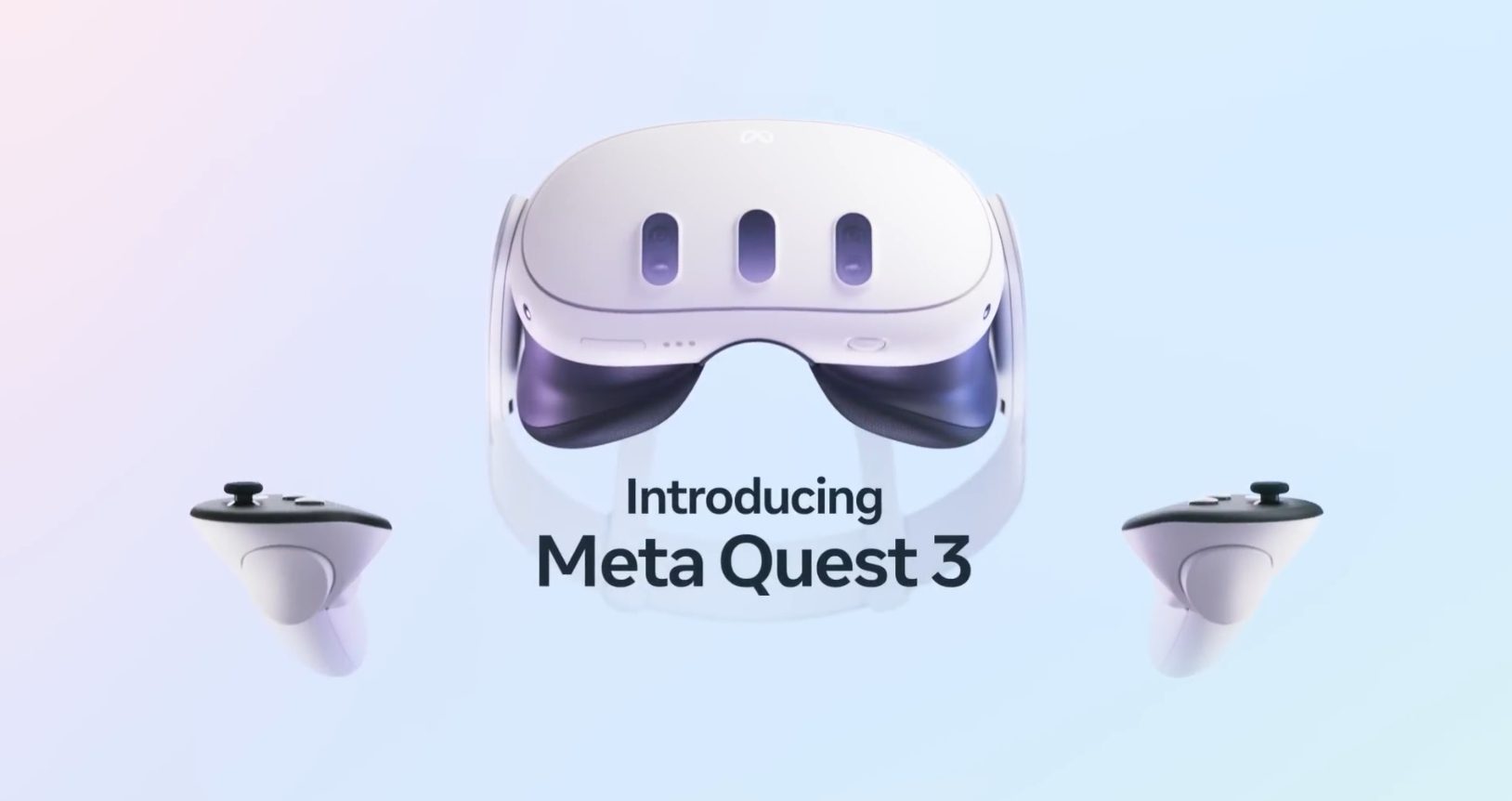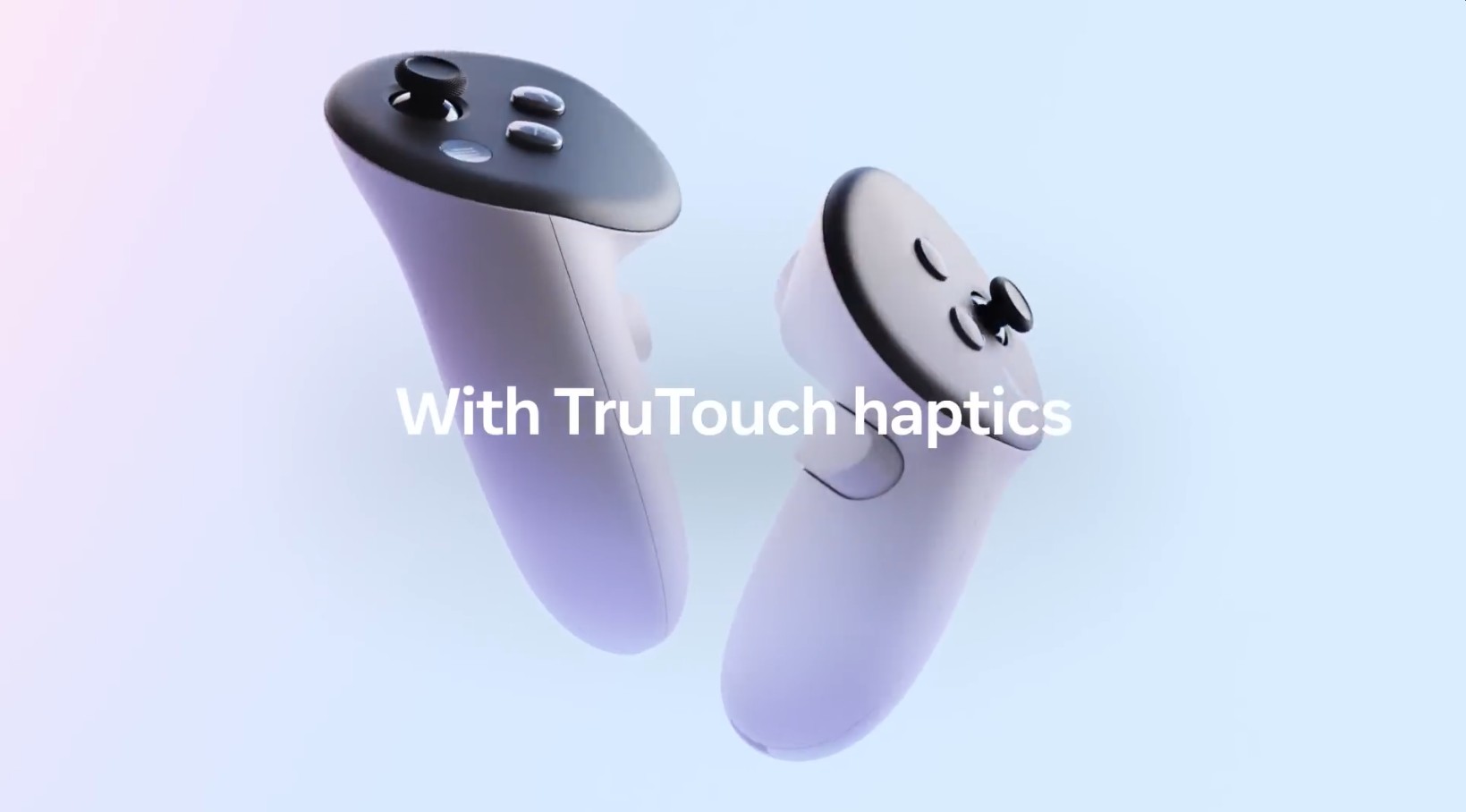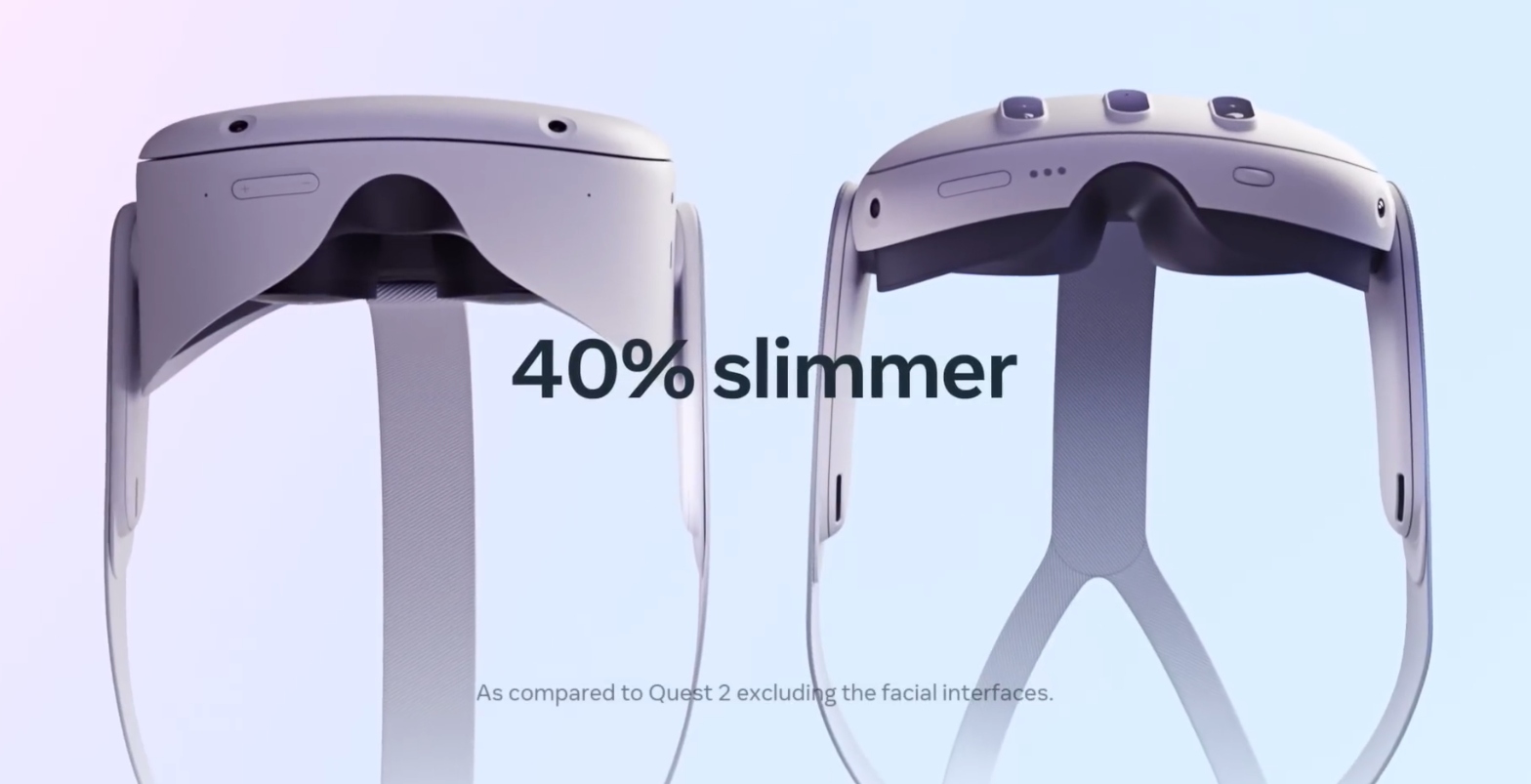Just a few hours ago, Meta announced their latest virtual reality headset, the Meta Quest 3. This next-generation device boasts features that significantly enhance its potential for use in education. With a mix of mixed reality (MR) and virtual reality (VR), coupled with an advanced chipset and increased graphical performance, the Quest 3 presents an unprecedented opportunity to revolutionize educational landscapes worldwide. The Quest 3 is priced starting at $499. Let’s explore how some of the new features will impact education.

Full-Color Passthrough and Mixed Reality
The Quest 3’s innovative full-color passthrough feature is a game-changer for the education sector. This technology seamlessly merges the physical and virtual worlds, allowing learners to interact with their real-world surroundings while engaging with immersive, digitally-created content. This powerful blend of reality and virtual enhancements holds immense potential for a diverse range of educational applications.
Imagine a biology class where students can perform a detailed virtual dissection of a rare animal, right in their classroom, without the ethical implications or logistical challenges of sourcing physical specimens. Or an architecture class that lets students explore a highly-detailed 3D model of the Colosseum, bringing the ancient world to life in their own learning space. This blend of real and digital creates endless opportunities for deep, interactive learning experiences.
Smaller and Lighter
One of the most remarkable improvements in the Meta Quest 3 over its predecessor is its size and weight. Despite being packed with more powerful hardware and new capabilities, the Quest 3 is 40% thinner and significantly more comfortable than the Quest 2, according to Meta’s CEO, Mark Zuckerberg. This reduction in size and weight is a big win in the realm of virtual reality. With the improved size and weight, the Quest 3 enables longer and more comfortable use, thereby enhancing the learning experience.
This miniaturization doesn’t compromise the device’s performance or functionality. It maintains high-resolution visuals, efficient hand tracking, and all the other features that make it a powerful educational tool. Thus, the Quest 3’s reduced size and weight provide educational users with a superior virtual reality experience, devoid of the discomfort and distraction that could be caused by bulkier devices.
Improved Visual Fidelity
The Meta Quest 3 is equipped with a cutting-edge LCD screen, boasting a per-eye resolution of 2064 x 2208 and an impressive 120Hz refresh rate as a standard feature. This is a significant leap from the previous Quest 2, providing learners with a more finely detailed, realistic, and immersive virtual learning experience.
For educators, this increased visual fidelity means they can deliver clearer, more vivid visualizations and simulations, making it easier for students to comprehend and engage with complex concepts. From viewing the minute details of a human cell in a biology lesson, to exploring the intricate workings of an internal combustion engine in an automotive course, the Quest 3’s superior resolution offers an immersive level of detail like never before. This improved resolution will also positively impact the ability to read text comfortably within the headset.
Ergonomic Controllers with TruTouch Haptic Feedback
Meta’s commitment to an immersive user experience extends beyond visual technology, as demonstrated by the Quest 3’s redesigned controllers. These newly developed devices are streamlined and ergonomic, featuring the innovative TruTouch haptic feedback technology, previously seen in the Touch Pro controllers. They respond to the user’s movements, creating a feeling of directly interacting with the virtual world, making them feel like a natural extension of the users’ hands.
In an educational setting, this can lead to much more intuitive, engaging, and memorable interactions with learning materials. For example, in a geology class, students could feel the simulated vibrations of a virtual earthquake. In a history class, they could experience the texture of ancient artifacts, enhancing their understanding of the past. By creating a sensory bridge between the learner and the digital content, the Quest 3 allows abstract concepts to become tangible experiences.

Enhanced Power and Performance
The Quest 3 is powered by a next-generation Qualcomm XR2 chip, providing twice the graphical performance of the Quest 2. This significant boost in processing power, coupled with a more comfortable and slimmer design, means learners can engage in longer, uninterrupted sessions of virtual learning, enjoying a seamless and immersive educational experience.
This surge in performance facilitates the creation of more complex, high-resolution educational simulations, supporting increasingly detailed and realistic virtual experiments, architectural models, geographical tours, and more. As a result, learners can gain experiential knowledge in a diverse range of subjects, fostering a deeper understanding of complex concepts. The increased power will also enable the experiences to run faster and more comfortably for users, helping to reduce cybersickness.
Interpupillary Distance Adjustment and “Pancake” Lenses
The Meta Quest 3 introduces a unique dial for interpupillary distance adjustment, allowing users to customize the headset for optimal visual comfort. This, coupled with the new “Pancake” lenses, reduces the overall weight and improves the balance of the headset, offering a more comfortable fit during extended educational sessions.
The slimmer, better-balanced design reduces the strain on the user, promoting longer usage and minimizing discomfort. This is an essential feature for educational settings, where prolonged use is often necessary, and comfort can significantly impact the effectiveness of learning.
In Summary
In conclusion, the Meta Quest 3, with its array of advanced features, holds immense potential for the future of education. Its ability to merge physical and digital worlds, offer unparalleled visual fidelity, provide tactile haptic feedback, and ensure user comfort makes it a transformative tool for educational experiences.
As we move further into the digital age, the Meta Quest 3 exemplifies how technology can elevate educational experiences beyond traditional boundaries, opening up new avenues of exploration, interaction, and understanding. As educators and learners explore the potential of this innovative device, it promises to redefine our understanding of what learning can be.




